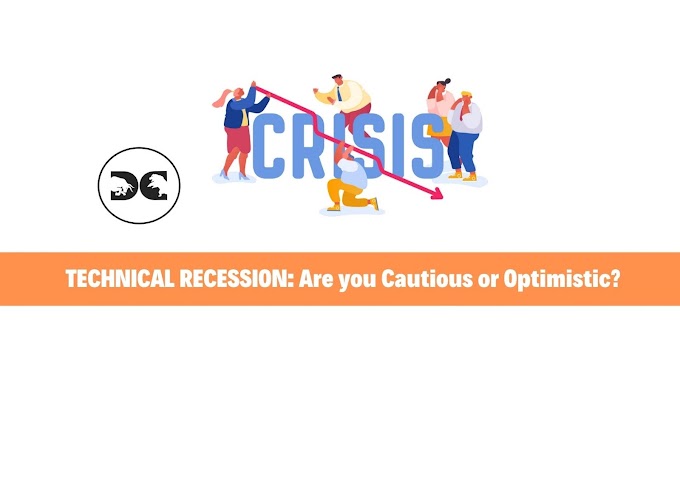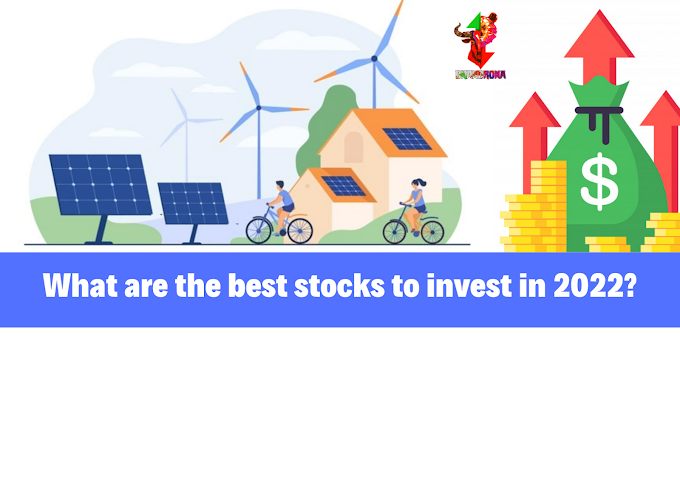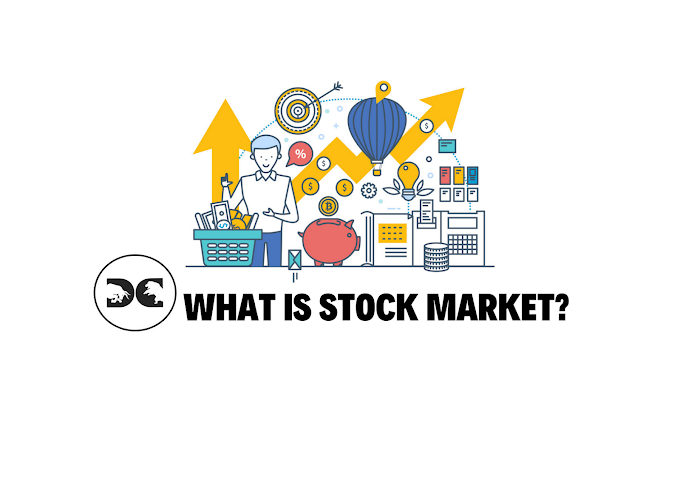Key Takeaway
Zomato IPO would mark the first meaningful Internet listing in India. With >80% contribution to revenues, food delivery is the bedrock, a two-player market now although more competition is possible. Covid-19 impacted revenues negatively but helped unit economics and sustainable level is unclear. Clarity is needed on usage of ~45% proceeds for M&A, nutraceutical foray etc. The technical factors may drive investor interest, which may have boarder implications.
Top-down opportunity: Out of the total food consumption, which is nearly a quarter of Indian GDP, just 10% is on food services. This compares with >50% spends in China & US. Following the consolidation wave, food delivery is now a two-player market with broadly similar shares for Zomato & Swiggy.
Total addressable market (TAM): There are growth impediments incl. affordability, culture of home cooking, female workforce participation etc. This partially explains why Meituan in China may not be the right comparison. Our analysis also suggests that when adjusted for organised market, online food delivery penetration is c.16% cf. 6% headline. Zomato platform: With a monthly active user (MAU) base of >40m and monthly transacting users (MTU) of 10.7m in FY20, Zomato is a strong platform which connects restaurants & customers. >80% of revenues come from food delivery and the balance is from dine-out, B2B supplies etc.
Delivery, the back-bone: Zomato recorded GOV at US$1.5bn, 400m orders and earned Rs26bn in revenues in FY20. Take rate is about 21-23% encompassing commission from restaurants, delivery fees from customers etc.
Covid-19 & revenues: Zomato faced severe issues on MTUs/revenues during the early part of FY21 due to lockdown. While there was a recovery by 3QFY21, current restrictions in key states could weigh on restaurant operations and customer orders. Unit economics - sustainable? Zomato had a negative per-order contribution of (-) Rs30 in FY20 which turned into (+) Rs23 in 9mFY21, led by an increase in AOV, lower discounts, higher delivery charge to customer etc. However, with a gradual normalisation, 3QFY21 went down to Rs19. There is lack of clarity on sustainable margins at this stage. Zomato saw Ebitda loss of Rs23bn in FY20 although 9mFY21 improved to Rs3.1bn loss.
IPO proceeds: Zomato plans to raise US$1bn, of which as much as 45% would be used for inorganic growth. Given that there are hardly any large players left in the food tech space, this could signal forays beyond the core. In this context, it is useful to note that Zomato is in the midst of rolling-out nutraceutical products on its platform and media reports indicate Zomato looking to invest in grocery platform, Grofers. Assuming the cash lies on books, post IPO would be sufficient for a 7-10 years of cash losses.
Sector read-through: Zomato is likely to be among the first listings in India which would allow investors to play the Internet theme. While the evolving business models are a risk to traditional consumer businesses, investor preference for the high growth Internet stocks may drive de-rating of traditional stocks including FMCG, retail etc







Social Plugin